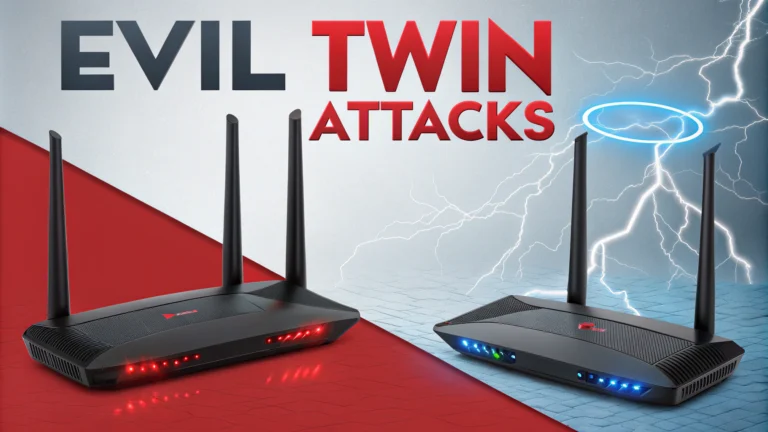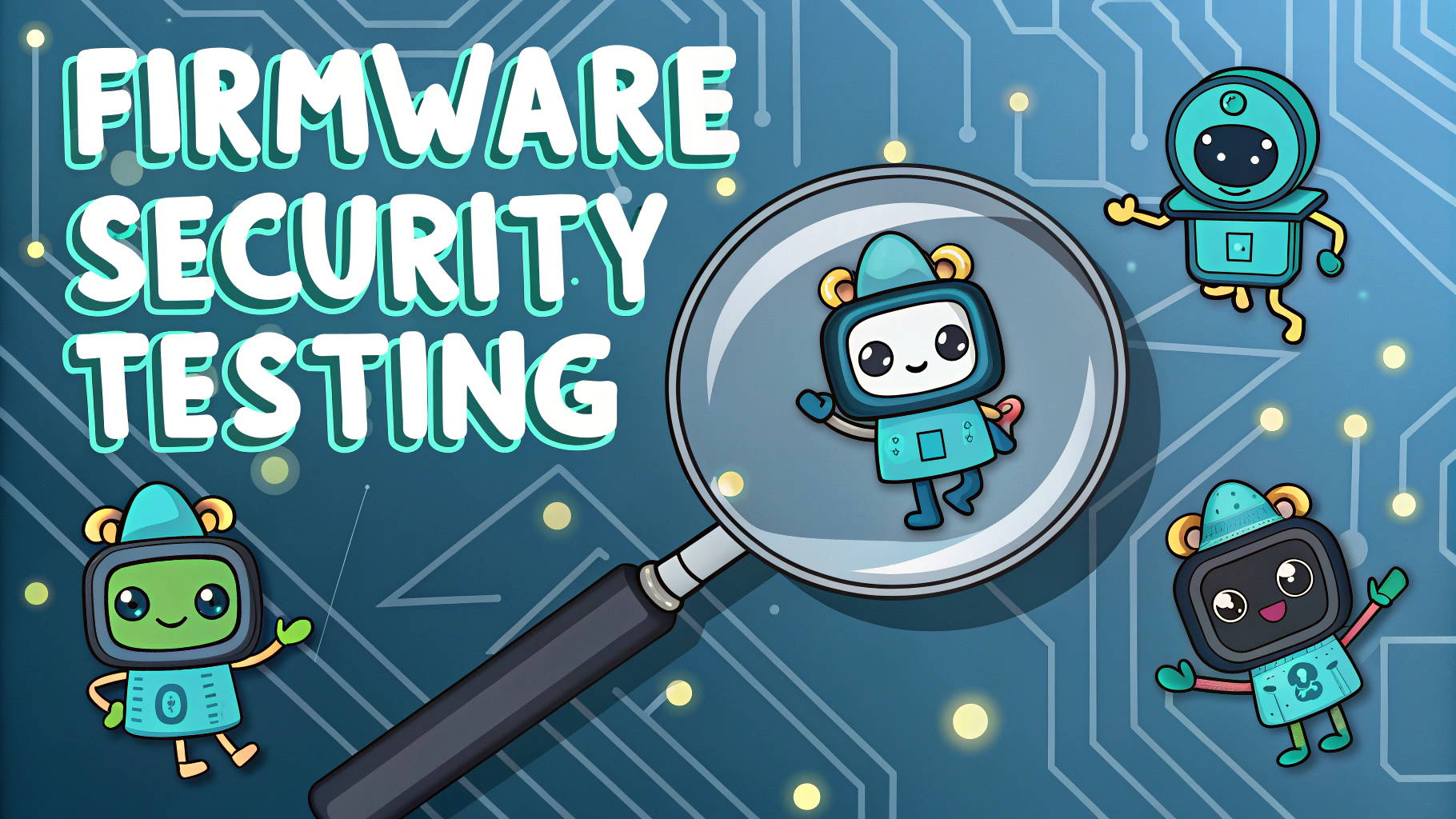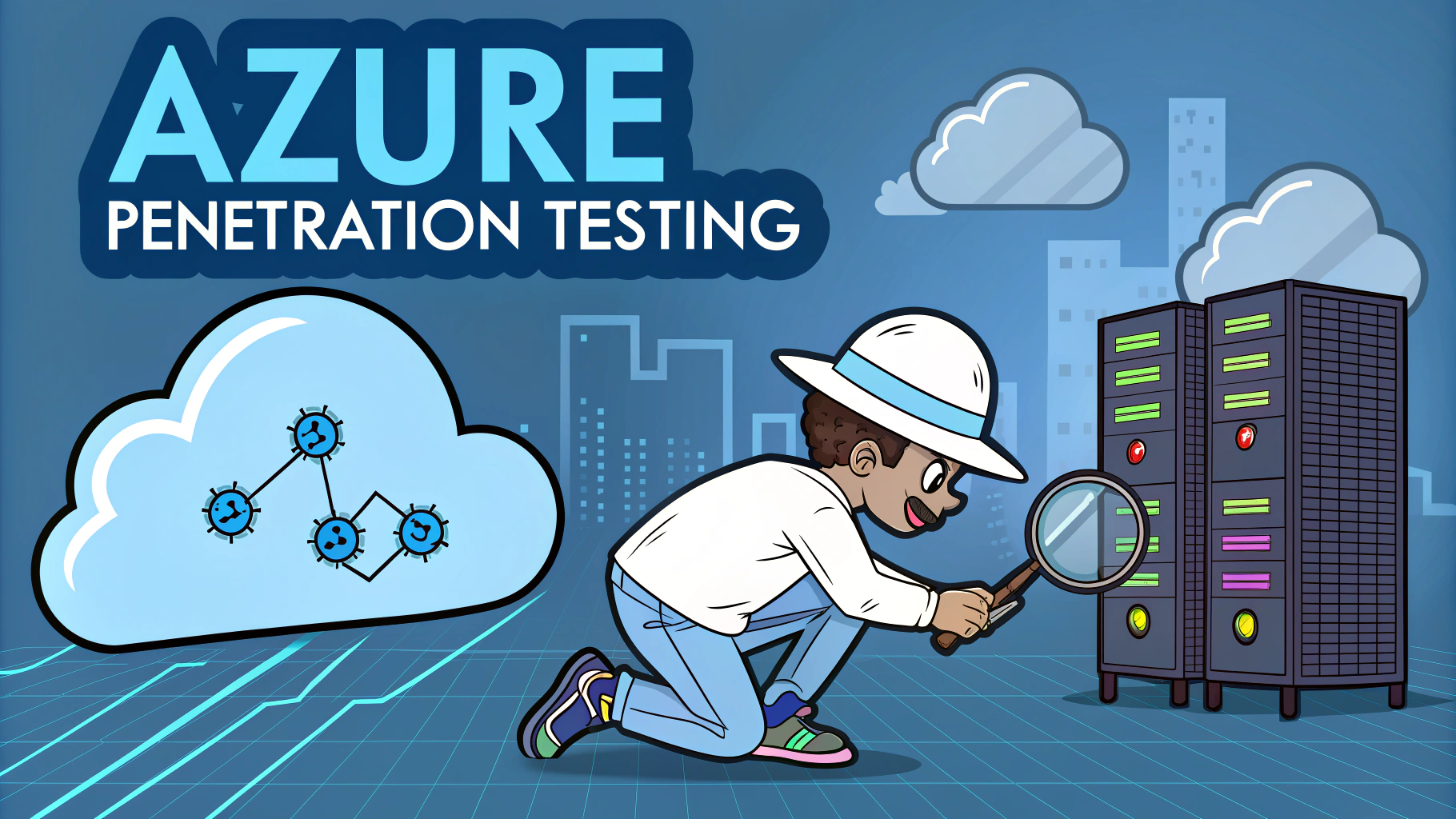An Evil Twin attack creates a fraudulent wireless access point that mimics a legitimate network to intercept user data and credentials.
This guide explains how ethical hackers and security professionals can test networks for Evil Twin attack vulnerabilities.
How Evil Twin Attacks Work
Attackers set up a rogue access point with the same SSID as a legitimate network, often with a stronger signal to force devices to connect to it instead.
- Creates identical-looking WiFi network
- Can automatically capture login credentials
- Often combined with deauthentication attacks
- May use phishing pages to steal information
Required Tools
- Wireless adapter supporting monitor mode
- Linux distribution (Kali recommended)
- aircrack-ng suite
- hostapd
- dnsmasq
Testing Steps
- Enable monitor mode on wireless adapter
- Scan for target networks using airodump-ng
- Create fake AP with hostapd
- Configure DHCP server using dnsmasq
- Set up routing rules
- Launch credential capture system
Defense Strategies
- Use VPNs when connecting to public WiFi
- Enable two-factor authentication
- Verify network certificates
- Avoid auto-connecting to networks
- Use network security tools like Wireshark to monitor connections
Note: Only perform Evil Twin testing with explicit written permission from network owners.
Common Tools for Detection
- Kismet
- Wireshark
- AirMagnet
- NetStumbler
Sample Detection Commands
# Enable monitor mode
airmon-ng start wlan0
# Scan for duplicate SSIDs
airodump-ng wlan0mon
# Check for inconsistent MAC addresses
wash -i wlan0mon
Additional Security Measures
- Implement 802.1X authentication
- Use WPA3 encryption when possible
- Deploy wireless intrusion prevention systems (WIPS)
- Regular security audits
- Employee security awareness training
For professional penetration testing services or more information about wireless security assessments, contact your local cybersecurity firms or organizations like SANS Institute (www.sans.org).
Common Attack Scenarios
- Coffee shops and public venues
- Corporate offices targeting employees
- Hotels and conference centers
- Educational institutions
- Transportation hubs
Advanced Testing Techniques
Captive Portal Creation
Set up convincing login pages that mirror legitimate services to test user awareness and security protocols.
Traffic Analysis
- Packet inspection with tcpdump
- SSL strip attacks simulation
- Man-in-the-middle testing
Reporting and Documentation
- Network vulnerability assessment
- User behavior analysis
- Security control effectiveness
- Remediation recommendations
- Risk assessment metrics
Legal Considerations
Testing must comply with:
- Local wireless communications laws
- Data protection regulations
- Privacy legislation
- Corporate security policies
Conclusion
Evil Twin attacks remain a significant threat to wireless network security. Regular testing, robust defense mechanisms, and user education are essential for protecting against these attacks. Organizations should implement comprehensive security programs that include both technical controls and awareness training.
Remember to always conduct security testing within legal and ethical boundaries, with proper authorization and documentation.
FAQs
- What is an Evil Twin Attack?
An Evil Twin Attack is a type of wireless security attack where an attacker creates a fake wireless access point that mimics a legitimate network to intercept data from unsuspecting users. - What tools are commonly used for Evil Twin Attack penetration testing?
Common tools include Aircrack-ng suite, WiFi-Pumpkin, Wifiphisher, hostapd, and dnsmasq. These tools help create rogue access points and manage network traffic. - How can organizations detect Evil Twin Attacks?
Organizations can detect Evil Twin Attacks through wireless intrusion detection systems (WIDS), monitoring for duplicate SSIDs, tracking unauthorized access points, and using RF scanning tools. - What information can attackers gather through Evil Twin Attacks?
Attackers can capture login credentials, browsing data, emails, credit card information, and other sensitive data transmitted over the fake network connection. - What makes Evil Twin Attacks particularly dangerous?
Evil Twin Attacks are dangerous because they’re difficult to detect by users, can bypass traditional security measures, and can affect any wireless device, including those with updated security patches. - What are the legal considerations for Evil Twin Attack penetration testing?
Penetration testing using Evil Twin techniques requires explicit permission from the organization, proper documentation, and must comply with local laws and regulations regarding wireless network testing. - How can users protect themselves against Evil Twin Attacks?
Users can protect themselves by using VPNs, verifying network authenticity, avoiding public Wi-Fi, enabling two-factor authentication, and checking for SSL/TLS certificates when accessing sensitive websites. - What are the common phases of an Evil Twin Attack?
The phases include reconnaissance of target networks, creating a rogue access point, forcing disconnection of legitimate clients, intercepting reconnection attempts, and capturing data through man-in-the-middle techniques. - What role does SSL stripping play in Evil Twin Attacks?
SSL stripping downgrades HTTPS connections to HTTP, allowing attackers to intercept encrypted traffic and capture sensitive information in plain text. - What network protocols are most vulnerable to Evil Twin Attacks?
Open networks and WPA/WPA2-PSK networks are most vulnerable, especially those using shared keys or lacking enterprise authentication methods.








